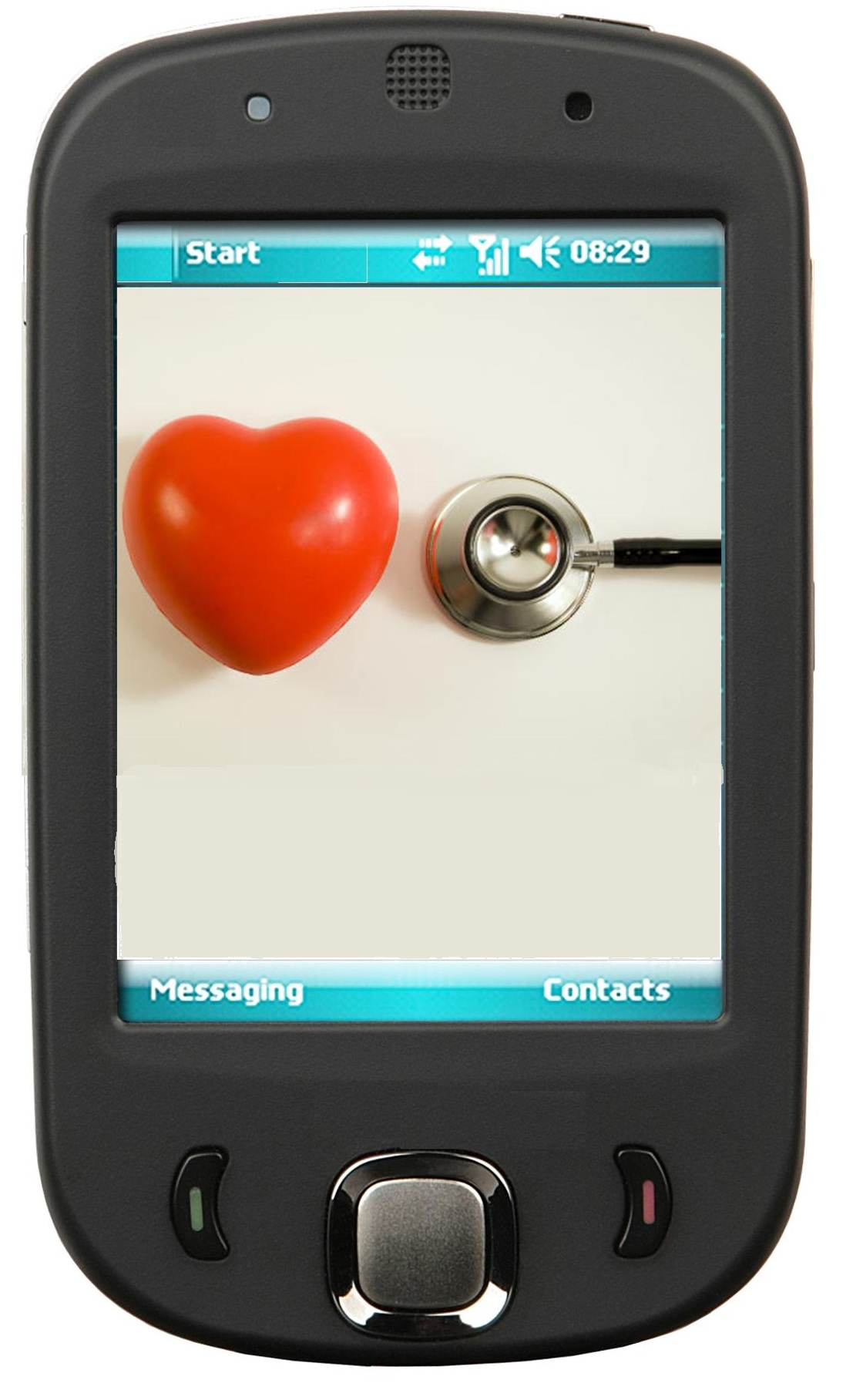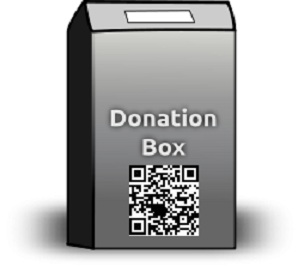 Healthcare patients forget to take medication more often than doctors would like, causing unnecessary health complications for many. Mobile health or mhealth is a fast growing market that works with an app that monitors medications to help save lives.
Healthcare patients forget to take medication more often than doctors would like, causing unnecessary health complications for many. Mobile health or mhealth is a fast growing market that works with an app that monitors medications to help save lives.
Medisafe Project
Medisafe is not a household name but it may be more well-known soon. This project was created to increase rates of medication intake for those given prescriptions by doctors. With use of the mhealth technology by Medisafe, medication adherence rates have gone up to 81% globally. Statins, used to control cholesterol, have seen adherence rates of almost 85%.
The WHO or World Health Organization only projects a global rate of 50% of medications being taken on time each time. This puts the rate of Medisafe up a full thirty one percent higher. These rates bode well for not only the consumers who benefit from the medications, but also for healthcare costs in the long run as well as the bottom lines of many of the top pharmaceutical companies who sell the drugs.
How it works
The remote patient monitoring or mhealth provided by Medisafe helps reduce costs and eliminates unnecessary follow-ups. The project began in November in 2012. The pillbox app syncs up to a users cloud to report that the user indicated that they have taken the required medication. If they fail to report this, a message is sent out to caretakers and family members who can then make sure the medications are taken. It also serves as a reminder service for those that routinely forget to take medications, which is a very common occurrence.
The project CEO of Medisafe, Omri Shor, said, “Medication adherence is a persistent and elusive problem, interrupting patients’ well-being, costing health providers and insurers billions annually and causing preventable deaths.” He went on to suggest that mhealth like Medisafe is a breakthrough that can greatly cut down on the unwanted results of medication avoidance or simply forgetting.
About project Medisafe
Medisafe is the first mobile app that is a cloud-synced app to help aid in preventing medication related emergencies by giving family members and caregivers real time information about medication intake. Information gathered can be used by pharmaceutical companies to help them understand patient habits with taking or forgetting medications.

 Smartphone users have a wealth of information available to them by scanning QR codes on products and in advertisements, and will now be able to make charitable donations through the same format.
Smartphone users have a wealth of information available to them by scanning QR codes on products and in advertisements, and will now be able to make charitable donations through the same format.